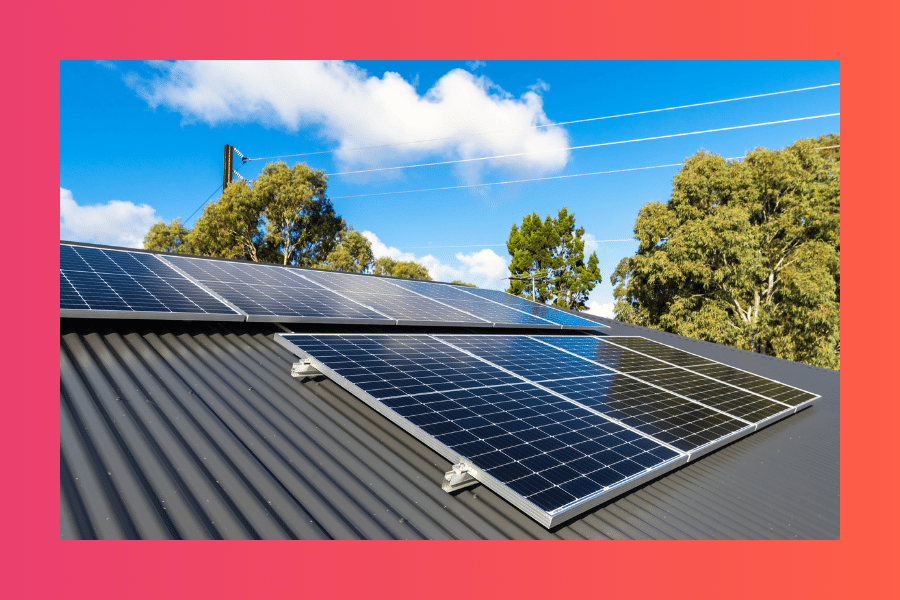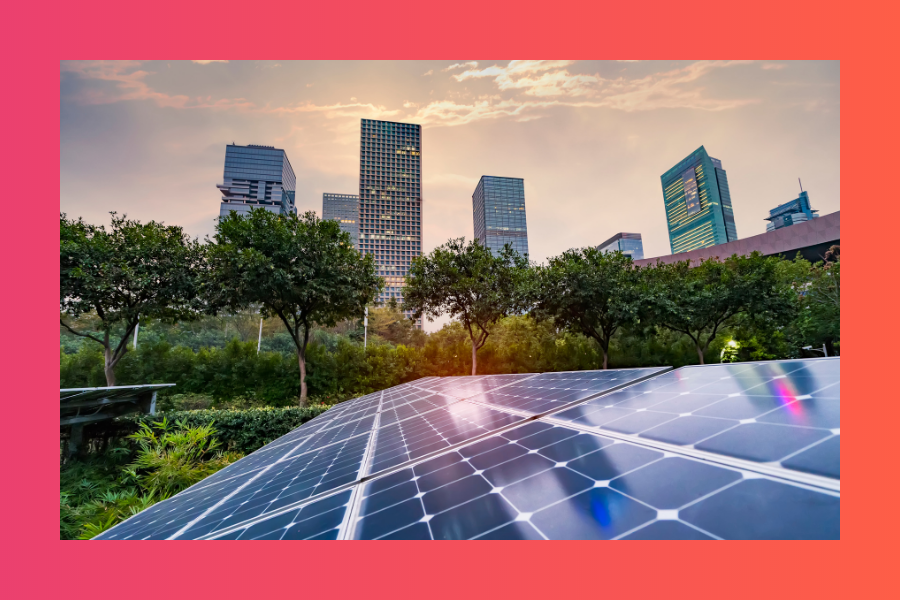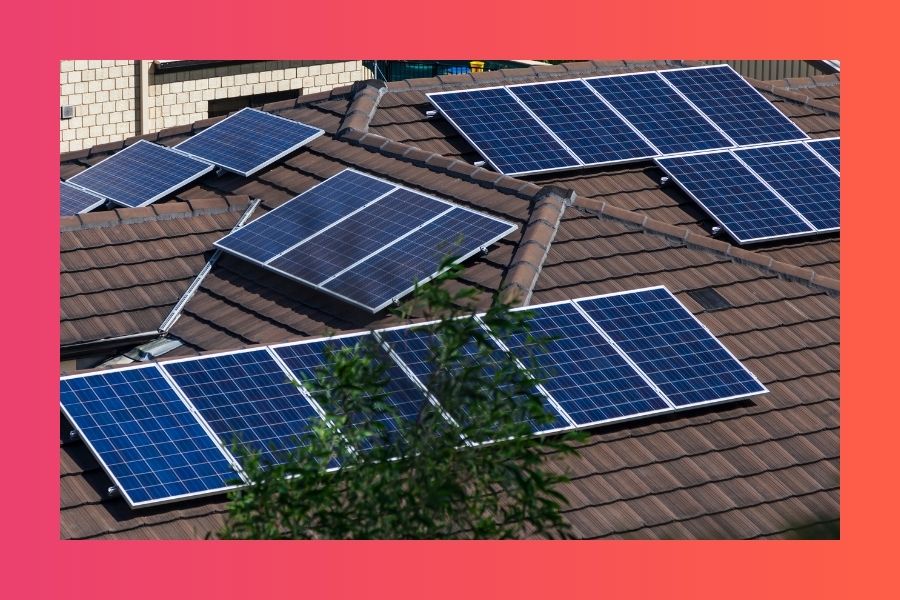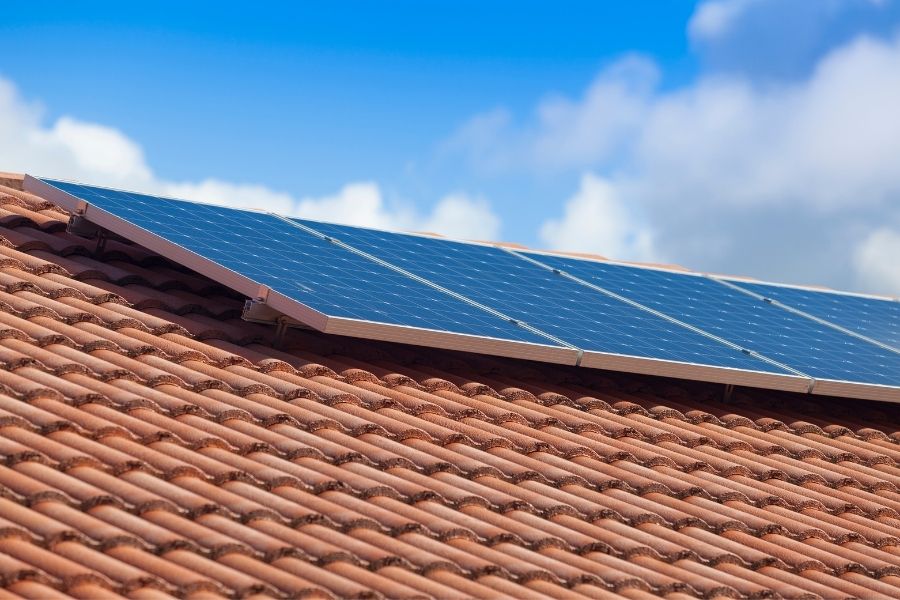4 min read
South Australia in 2022: Measuring the Success of a Leading Solar State
![]() Solar Trust Centre Team
:
Apr 4, 2022 8:00:00 AM
Solar Trust Centre Team
:
Apr 4, 2022 8:00:00 AM

In 2022 Australia is further solidifying its status as a world-leading country when it comes to embracing solar power, and South Australia has unquestionably been a leading solar state in the nation. Not only have South Australians keenly embraced solar power at the household level, but the South Australian community as a whole has achieved a number of outstanding feats which signify the scale and sophistication of the state’s solar uptake. This said, it’s also of course the reality that not everything has been sunshine and rainbows in this locale’s embrace of solar power. It’s why here in 2022 it’s a great time to look back at South Australia’s solar journey, its challenges in most recent years, and how it's shaping up right now to drive forward into the future.
From Blackouts to Sunny Days in South Australia
As we’ve detailed previously here at Solar Trust Centre, it’s no secret that South Australia has had some dramatic events arise on its road to the great position it finds itself in today. Particularly notable was the high-profile blackout seen in 2016. At the time some in Australia were quick to point the finger at the state’s growing reliance upon renewable energy as the reason for the blackout. Not only was this critique ultimately discredited by the Australian Energy Regulator in its report on the incident - which rightfully cited severe weather that caused infrastructure damage as the reason for the blackouts - but news has since come to light that some stakeholders who critiqued South Australia at the time were indeed told their criticism was baseless, but still proceeded on with it anyway!
To be totally clear, there were indeed some issues with protection mechanisms in the state, and two SA wind farms were fined for not being in compliance with National Energy Rules - so there’s no doubt the blackouts offered lessons for all, and areas on which all stakeholders could improve - but the key takeaway from this episode is that South Australia was a leader in renewables across Australia before the storms hit, and since then has not sought to shy away from its aspiration to go green in its power sector, but has instead made stronger and stronger strides towards it. This commitment - and standing tall amidst the critique from a small but loud crowd in Australia who’d even today wish to persist in championing coal and other fossil fuels over clean energy - is a key factor in why South Australia finds itself in the enviable position it does today when it comes to renewable energy.
The State of Play in 2022
While South Australia is a leading state in the solar and renewables transition, the South Australian community is certainly not resting on its laurels. There are the great ambitions held by South Australians for the very significant Port Bonython Hydrogen Hub. Then there are new projects like the Gould Creek BESS due for completion by 2023, and this is in addition to the ongoing benefits being derived from existing projects such as the Home Battery Scheme, and the Grid Scale Storage Fund. Such initiatives seen here are certainly fantastic offerings in terms of the benefits they can bring to South Australians, but the state is also now planning its renewable future looking beyond its borders.
In a nutshell, South Australia wants to become a significant exporter of renewable energy. The aforementioned Port Bonython Hydrogen Hub is an important element of that, but the significance of this goal goes beyond any one particular project, when it comes to looking at the future of this locale in the years - and decades! - to follow. The fact a jurisdiction can not only get to seeing renewables provide 100% of its own power needs, but then look to a future where it can export its clean energy elsewhere, is a powerful illustration of the immense potential renewables like solar and wind offer not only as clean and green technology but also as job-creating, profit-growing, community-benefitting innovations.
The story of South Australia in this regard shows getting to 100% renewables is certainly not the end-goal of a state looking to position itself in the modern economy, but instead ultimately only a stepping stone - albeit a very important one! - to harnessing the power of renewables for the benefit of society.
A Word on Other Australian States
Although this article is focusing on the story of South Australia and renewables right now, it’s essential to note the journey that this state has gone through in recent times is one that is expected to be mirrored elsewhere in the country in the time ahead. For instance, Victoria has already started seeing the trend of exporting limits being placed on rooftop solar systems in certain instances. As with South Australia’s solar story that has at times experienced challenges surrounding the problems of oversupply to the grid, there are many elements that underwrite this issue in Victoria.
While there’s no question of the importance of a state prudently managing supply and demand of electricity in a grid, the fact is regulators in Victoria have been consistently highlighting the need for the state’s power distributors to upgrade their networks, and in turn, that this grid issue has arisen in Victoria evidently illustrates this hasn’t occurred in the way that it should have.
So although some critics of this current dynamic may like to suggest it’s a failure of government to plan for a renewable energy transition - and more bluntly that the world just isn’t ready to switch to renewables and should stick to using fossil fuels for a long time yet - in reality, an actual barrier in the path of Victoria’s bigger and brighter energy future with solar power at its core, is the failure of the distribution companies to inject sufficient funding into the upgrade of their networks. What’s more, groups like Environment Victoria have illustrated in their take on these issues that it is in actuality not the growth of renewables which are posing the greatest danger to supply on the grid, but instead the aging and creaky infrastructure of the fossil fuels industry.
The Next Steps for State by State Renewable Energy
Across the nation for other Australian states and territories there are lessons to be learned from South Australia. The state has pursued and achieved very inspirational goals with its renewable energy agenda. Undoubtedly it has been made politically easier for governments in the state - both Labor Party and Liberal Party at alternating times over the past ten years - to pursue this plan given the coal power industry effectively wrapped up in South Australia years ago.
The closure of the state’s last coal-fired power plant, Northern, in 2016 unquestionably made it easier for the state to make its case for renewable energy - and renewable advocates in other governments across the country still wrestling with the fossil fuels industry would surely wish for such a clear path - but it’s also the case that South Australian political leaders of both persuasions put forward a positive renewables vision, and did so despite strong resistance from some quarters.
Thus, a readiness to back renewables even amidst resistance is the key lesson here. Looking forward, the upcoming March election in South Australia will certainly be one to watch. Not only because its outcome could provide an early indication of how the Liberal Party is viewed in the state - which could be a source of optimism or great worry for the federal Liberal Party governing in a coalition with National Party, and set to face all Australian voters in an election expected in May - but also because both major parties have put forward ambitious agendas for what they wish to see achieved with renewables and green policy in the years to come.
Read more related blogs

How Long Until 4 Million? Charting Aussie Solar Power Growth After Officially Hitting 3 Million Installations
The story of solar power’s growth in Australia is truly terrific. Indeed, when considered in its full context - surrounding just how rapid and...

Australia's 2021 Solar Scorecard: A Year in Review
Australia has had a momentous year with solar power. At present, there remains a little time in 2021 to go, but it’s already clear this year will be...

